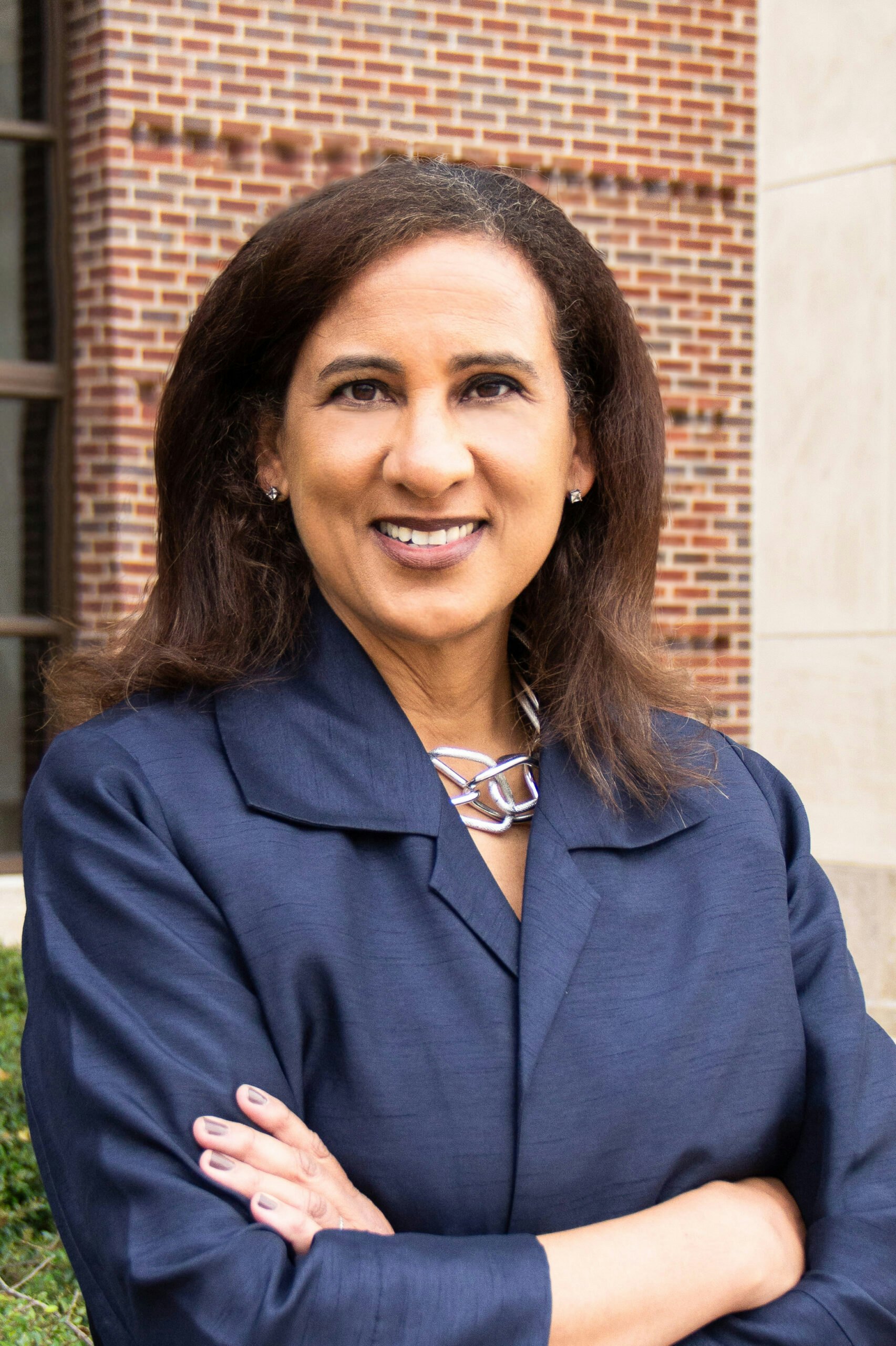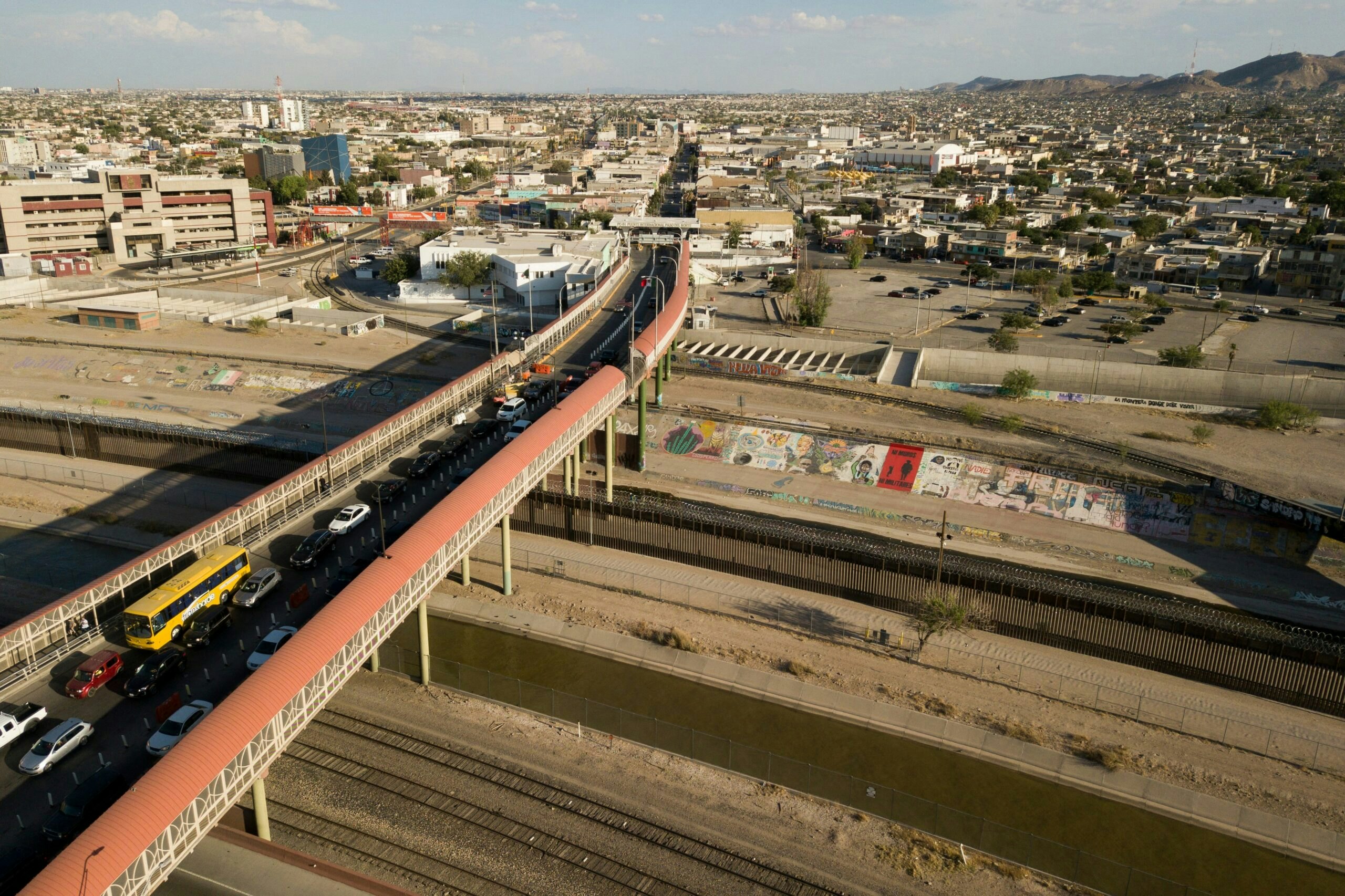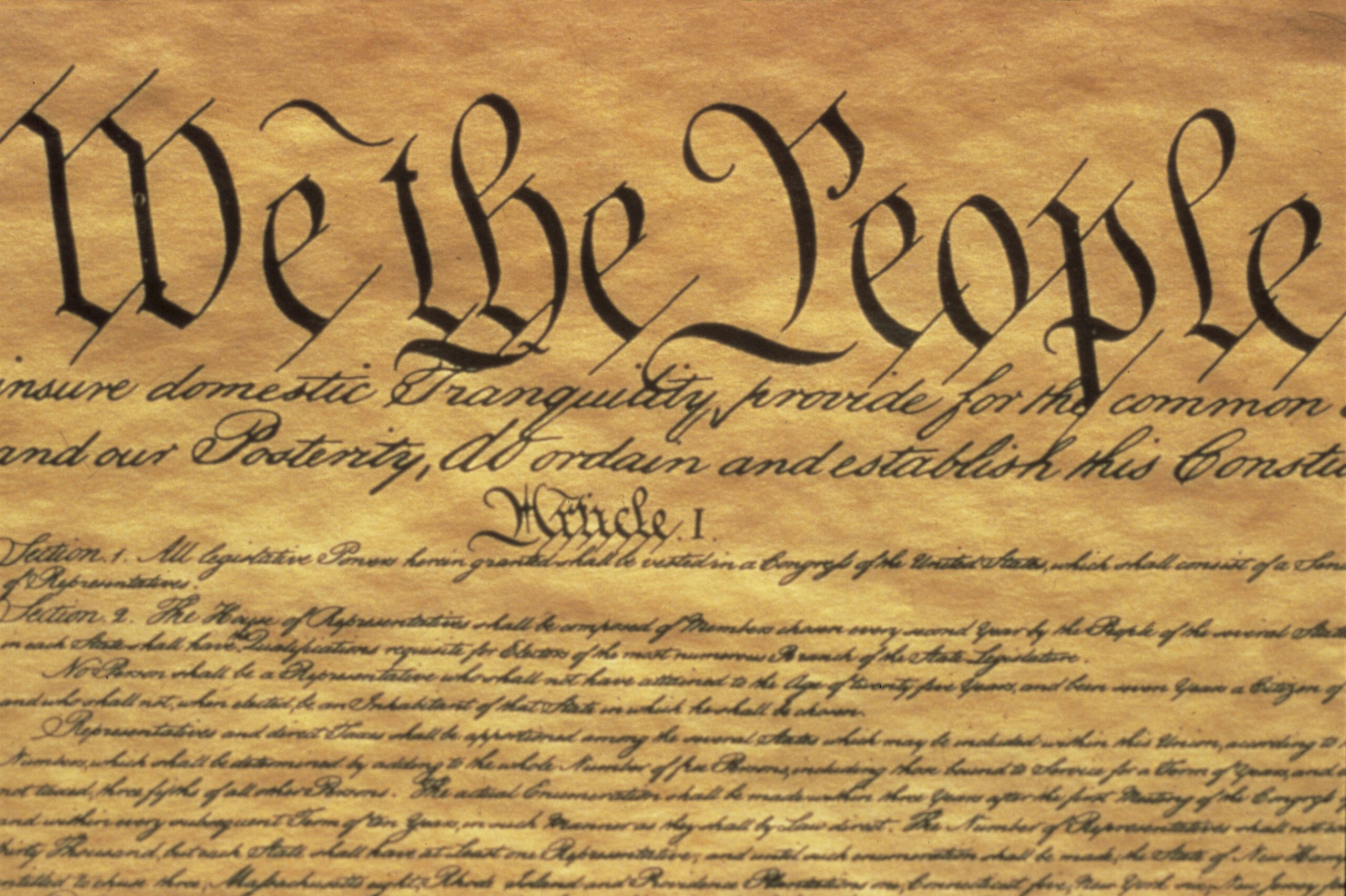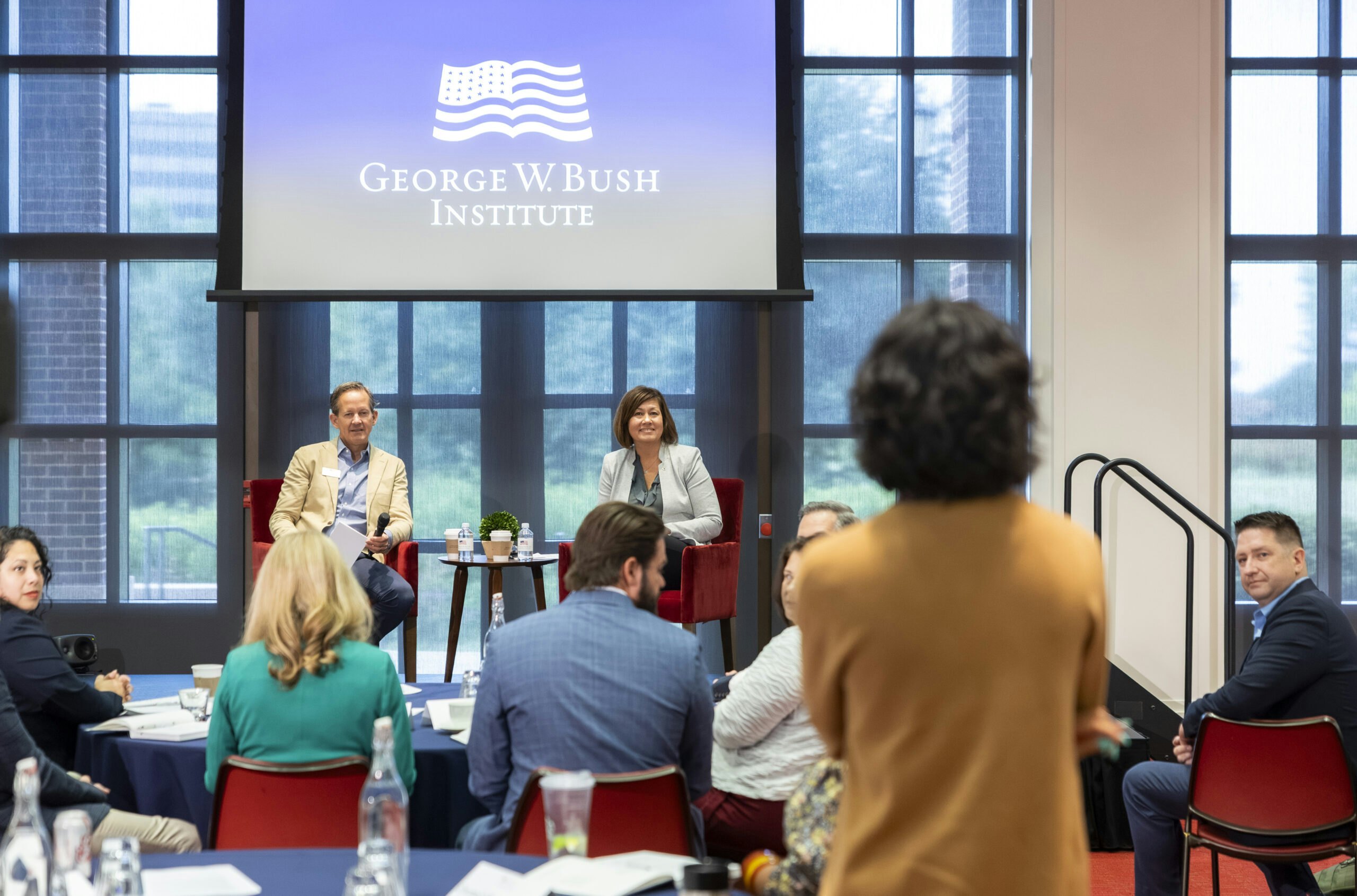Kelly and David Pfeil Fellow Nicole Bibbins Sedaca writes that the current protests in the United States are not a sign of democratic weakness. Remarkably, the Georgetown University professor contends, they could prove to be a strong boost for American democracy and a notable show of the strength and importance of democracy.
As the world continues to face formidable challenges to democracy — nationalism, populism, nativism, and rising authoritarianism — the United States is experiencing its own widespread protests focused on the murders of several Black Americans — George Floyd, Breonna Taylor, and Ahmaud Arbery — at the hands of police officers and continued systemic racism.
Are the current events in the United States another episode in a long list of democratic challenges, the latest “ism” to undermine democracy? Should we guard American democracy from these developments, as other countries are guarding against populist-led movements or identity-driven protesters? More broadly, are these protests — just as the global challenges to democracy — a sign that democracy has outlived its usefulness and is doomed by its own repeated imperfections?
Contrary to some concerns that these protests are undermining democracy or signaling its demise, the current protests in the United States are not a sign of democratic weakness. Remarkably, they could prove to be a strong boost for American democracy and a notable show of the strength and importance of democracy.
Democracy was never meant to be a magical guarantee that shortcomings will never exist. Democracy is a governing system that provides systematic, iterative, rules-based processes to address shortcomings that emerge in any society. Peaceful protests to call for democratic change are a foundational element of democracy to bring to light current or historical shortcomings, where policies and practices fall short of the ideals and promises of democracy.
Democracy was never meant to be a magical guarantee that shortcomings will never exist. Democracy is a governing system that provides systematic, iterative, rules-based processes to address shortcomings that emerge in any society.
Whether protests and unrest are a sign of a healthy democracy or a collapsing democracy depends on both the drivers of and responses to these events.
When protests — like many of the current peaceful protests demanding an end to systemic racism — are driven by calls for a greater adherence to democratic principles, they inherently reinforce democracy. Calls for more justice or the equal application of justice are inherently aimed at strengthening — not undermining — our democratic system. Democratic drivers of protests are positive developments for a democratic society.
Because these democratically-driven protests aim to strengthen democracy, it is incumbent on all citizens committed to democracy to support the protests, not just those most impacted by the current shortcoming.
Just as we look for the democratic drivers during this current moment, we look for responses that are consistent with democratic values, strengthen the democratic fabric of our nation, and show the resilience and importance of democratic debate and responsiveness.
When protests are met with a strong democratic response, this cycle also reinforces our democracy and shows the resilience and importance of a transparent, responsive governing system. Democracy is strongest where we see more dialogue with citizens, more public policy change, and more transparency; a reinforcement of the important operational structure of democracy that relies on citizen engagement and government responsiveness.
Where we have seen governmental responses that seek to limit the voices of those calling for more democracy, squelch debate of difficult issues, or limit the media that is bringing these issues to light, we see the erosion of democracy.
How Americans call for change and how we allow our government to respond to a call for more justice in American society will strongly reflect the strength of our democratic process and values, and citizen commitment to a strong democracy.
What we are seeing in the United States right now is not an issue for the Black community alone. The drive for justice and the response to the protests are foundationally a question of the health of American democracy, not an issue affecting a single group.
The drive for justice and the response to the protests are foundationally a question of the health of American democracy, not an issue affecting a single group.
This is an opportunity and challenge for Americans of all backgrounds to see these calls for justice as a strengthening of American democracy. The fact that we see people of all backgrounds in the street protesting for increased justice and better policing is a sign that while the issue at hand disproportionately impacts one community, it ultimately is a question of the strength of our shared democracy.
At many of the recent peaceful protests about racism in the United States, one could hear the chant of “this is what democracy looks like.” While protests in the streets and difficult discussions about democratic shortcomings are weighty and challenging, they are actually what democracy looks like.
The choice is ours. We can embrace this moment to ensure that the calls for justice are heard and that the response is democratic, or we can choose to be driven by or respond with undemocratic action. We can see difficult conversations as a platform to strengthen our democracy or as an excuse to divide us.
If we choose to embrace the challenge and opportunity of our democratic values and choose to fight to ensure that they are realized for all people equally, we shouldn’t be put off by this hard work. This is truly what democracy looks like.
































